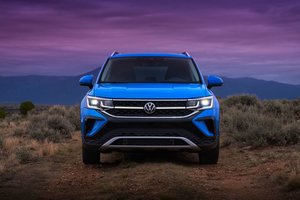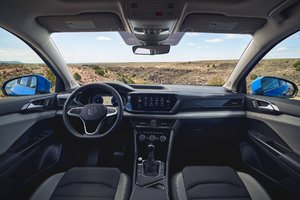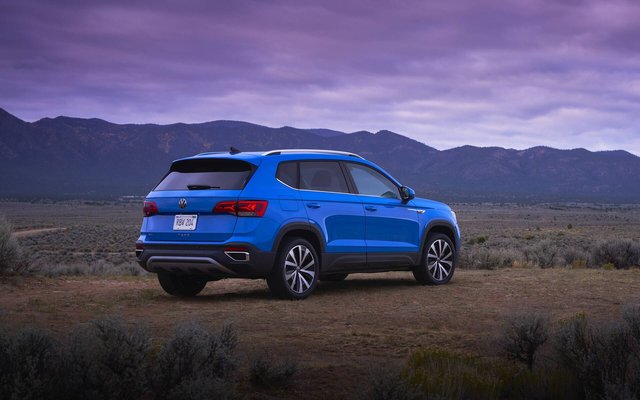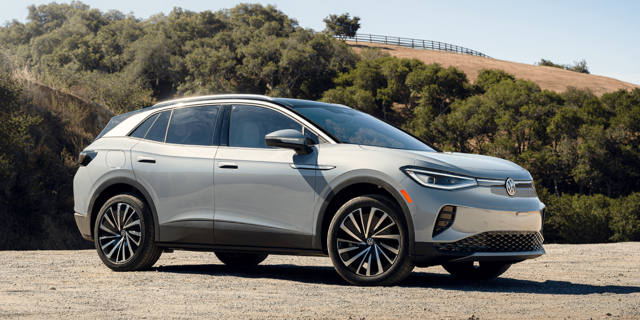By making the Tiguan bulk up in its last redesign in 2018, Volkswagen found itself with a gap to fill in its lineup. It's filling it for 2022 with the arrival of the Taos, a compact-sized SUV that's guaranteed to be a hit.
In fact, Volkswagen took the time to analyze the market carefully in order to offer consumers what they're really looking for, which is a vehicle with the perfect size. As a result, the newcomer compares well with all its new rivals, especially since it is technologically on the cutting edge.
Let's see how it measures up to one of the most popular models in the class, the Mazda CX-5. And the goal is not to belittle the CX-5, which remains a good vehicle, but rather to show you that the Taos simply offers a more interesting solution.
Design
Things are changing very quickly in the industry today and it only takes a few years to be behind the curve. The CX-5 has undergone some tweaks in 2018, but some of its elements still date back to its original design in 2013. So, for example, when you take a look at the Taos' virtual cockpit that allows the driver to enjoy a customizable digital display, or the Volkswagen product's much more modern multimedia system, you realize that there is a world of difference between the two models.
The technology
And this is greatly reflected in the technology. For example, the simple Apple CarPlay and Android Auto applications can be connected wirelessly to the Taos' multimedia system. The same goes for charging cellular devices. Everything, connectivity-wise, is on another level.
Cargo space
The Mazda CX-5 has never had a reputation for being the roomiest SUV in its class. Unsurprisingly, the new Taos has the advantage in terms of cargo space. When the second-row seats are folded down, the Volkswagen model has 1,868 liters of cargo space, while the CX-5 has only 1,687 litres.
Fuel economy
The Taos will benefit from a 1.5-litre, 4-cylinder engine that will deliver 158 horsepower and 184 lb-ft. Above all, it will prove to be much more fuel efficient than the most economical engine in the CX-5.
For the front-wheel drive models, the figures are 7.6 L/100 km for the front-wheel drive Taos and 8.5 L/100 km for the two-wheel drive CX-5. And when all-wheel drive is present, the Taos' combined city/highway consumption will be 8.5 liters per hundred kilometers. With the CX-5, it is 9.0 liters.
All in all, you win on every level by opting for the freshest compact SUV on the market, the 2022 Volkswagen Taos.











